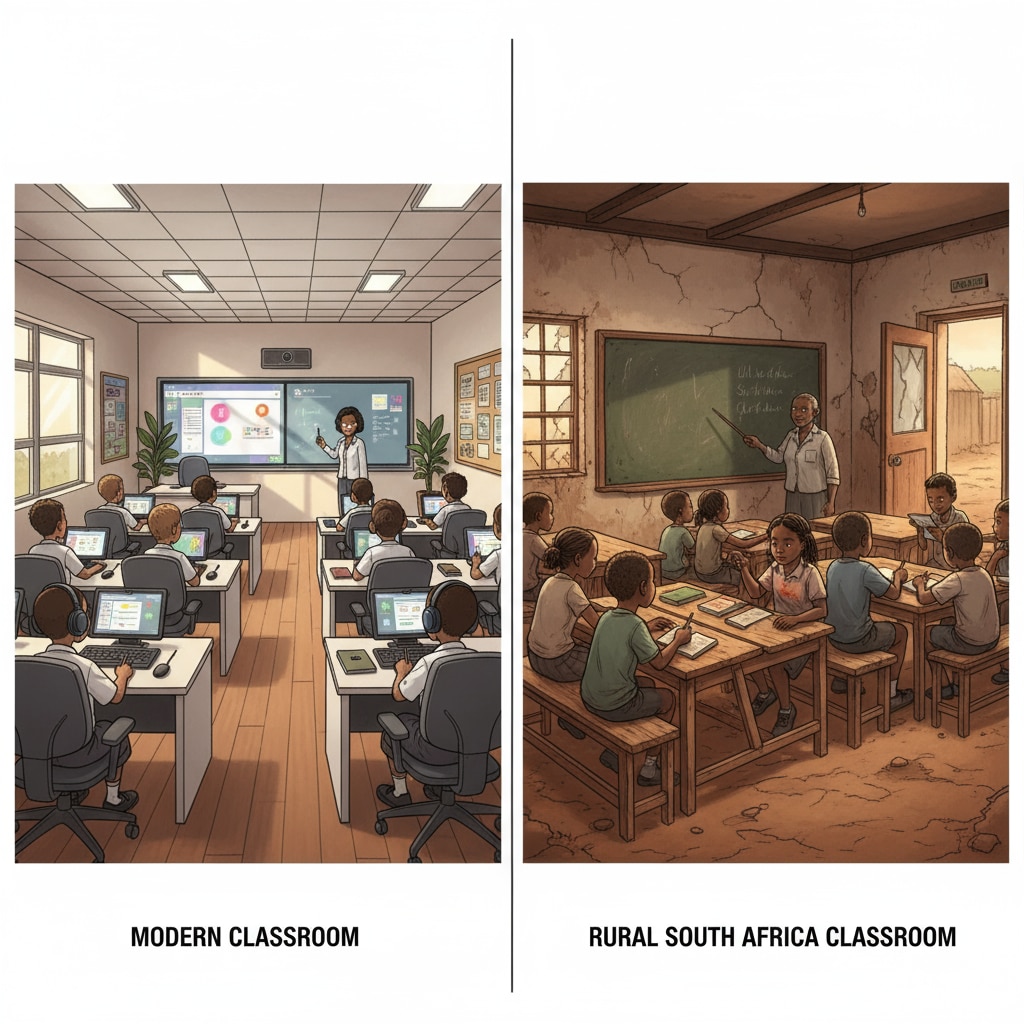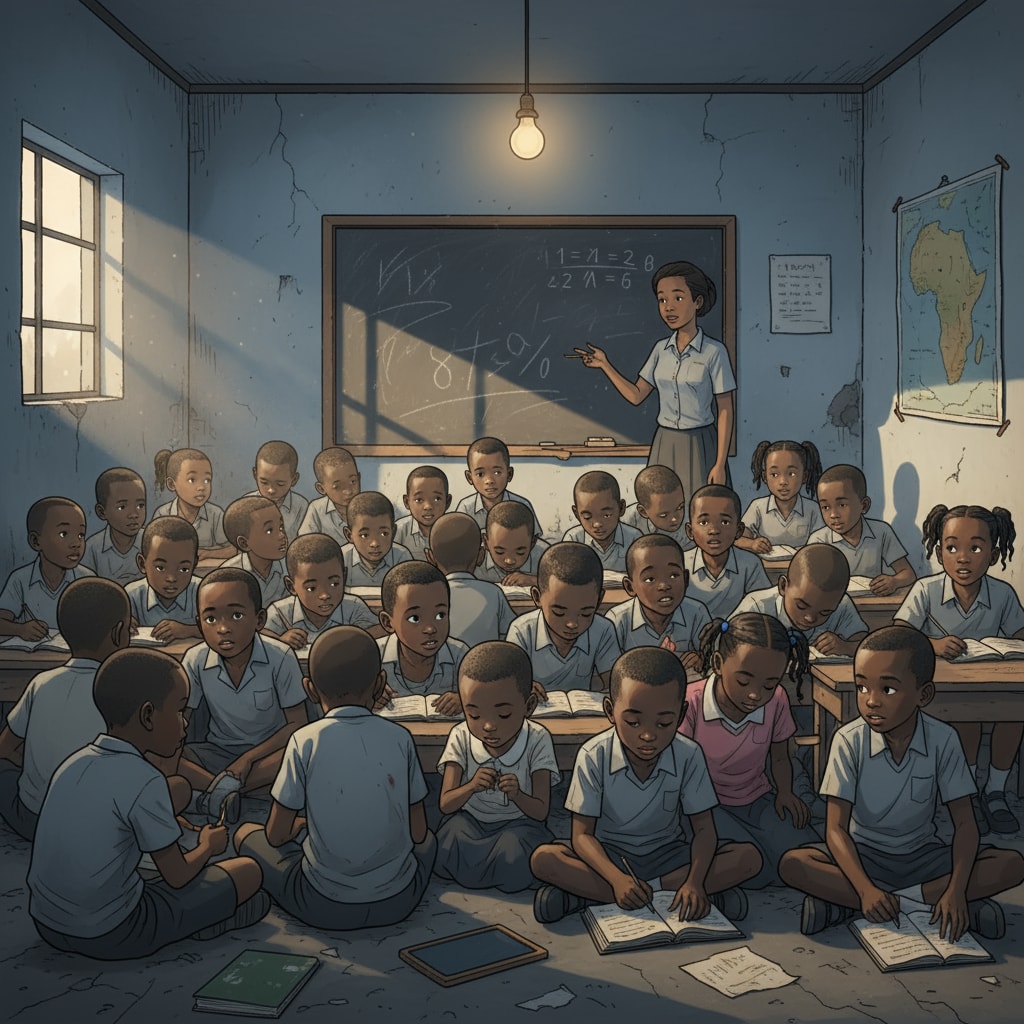Educational inequality, resource gap, and education reform are pressing issues in South Africa’s education system. The divide between schools in different economic brackets is stark, presenting a significant barrier to equal educational opportunities.

For instance, while some schools in affluent areas enjoy state – of – the – art facilities, highly qualified teachers, and a wide range of extracurricular activities, many schools in disadvantaged communities struggle with overcrowded classrooms, a lack of basic teaching materials, and high teacher turnover rates.
The Resource Divide
The resource gap between schools in South Africa is a major contributor to educational inequality. Schools in wealthy neighborhoods often receive substantial funding from local authorities, private donations, and school fees. This enables them to hire the best teachers, purchase modern teaching equipment such as computers and science labs, and offer a rich curriculum. On the other hand, schools in poor areas rely mainly on government subsidies, which are often insufficient. As a result, they lack proper infrastructure, textbooks, and even basic amenities like clean water and electricity. According to Wikipedia’s Education in South Africa page, this resource disparity directly affects students’ learning outcomes, with those from disadvantaged schools being less likely to perform well in exams and pursue higher education.

The Role of Educational Policies
Current educational policies in South Africa have, to some extent, maintained the status quo of educational inequality. Some policies may inadvertently favor schools with more resources. For example, the system of school rankings often rewards schools with better – performing students, which are typically those with more resources. This can lead to a cycle where well – resourced schools continue to receive more support, while poor schools are left behind. Additionally, teacher allocation policies may not adequately address the needs of disadvantaged schools. As noted in Britannica’s entry on education in South Africa, more experienced and qualified teachers tend to be attracted to schools in more affluent areas, leaving less – experienced teachers to teach in poor schools.
However, there is hope for reform. Initiatives focusing on redistributing resources, improving teacher training for all schools, and implementing inclusive educational policies can help bridge the gap. For example, providing equal funding per student regardless of school location, and offering incentives for teachers to work in disadvantaged areas.
Readability guidance: The key points here are the resource divide and the role of policies. By highlighting these aspects, we can better understand the educational inequality in South Africa. We use short paragraphs to make the content more accessible and include external links for further information.


